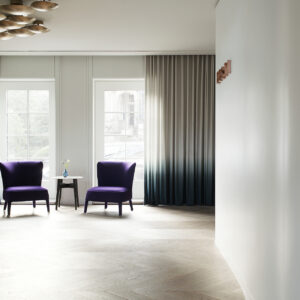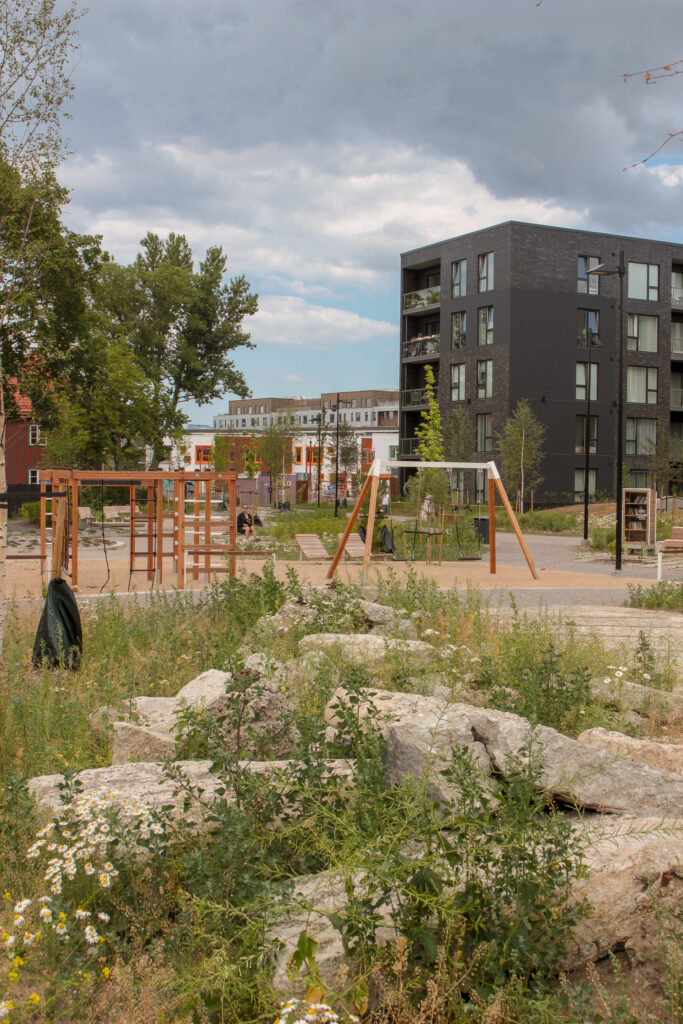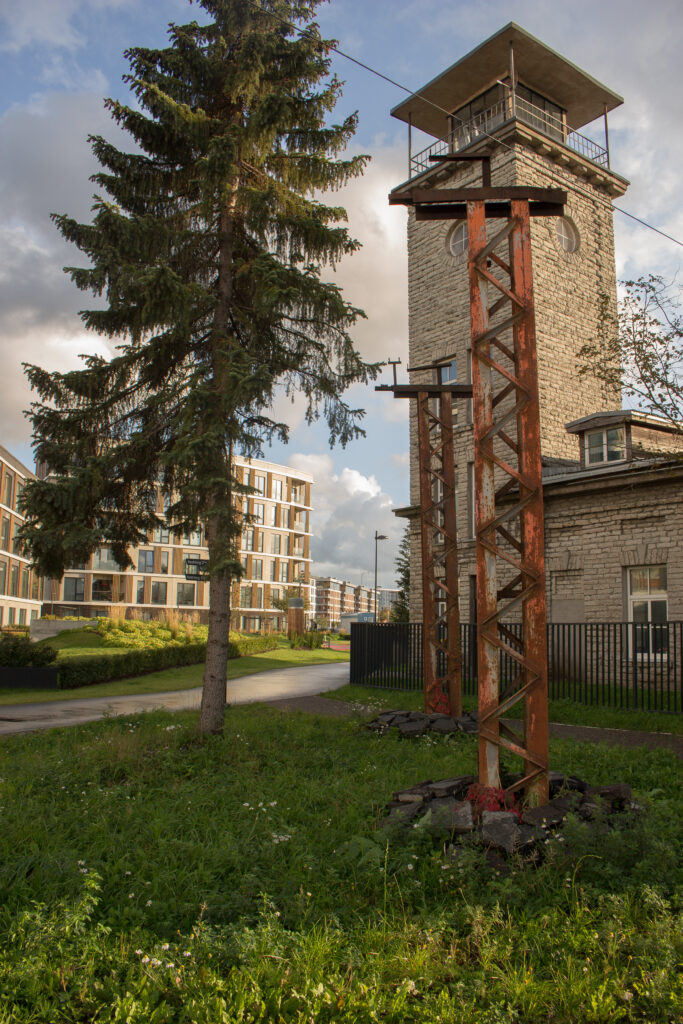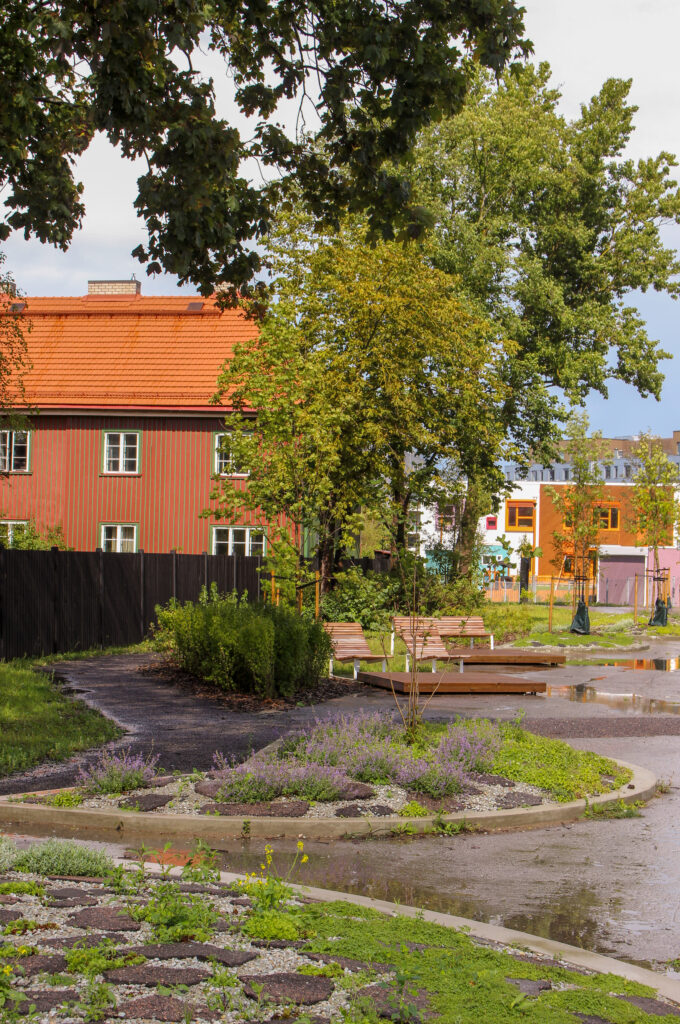Uus-Veerenni Park is anything but a standard project. If the construction of a green area next to the development is usually considered as a tedious obligation, we took it as a challenge. And once it is a challenge, why not do something completely new and pioneering in Estonia? Selecting Kino for our landscape architecture was simple – who else? To keep us on our toes, we also included the creative agency Velvet. With their help we added various smaller and larger details (library/reading nook, sculpture avenue, signage etc) thus giving the park and the entire district a further touch of depth and integrity. The client is very happy with the result and the first summer proved that the locals have embraced the park with its biodiversity, green areas, recycled asphalt and the rock garden of concrete scraps.
Alar Toomik, Development Group Manager at AS Merko Ehitus Eesti
The use of materials acquired from demolished buildings in construction new buildings and/or outdoor spaces has not become a norm yet in Estonia, it still tends to be an exception. Buildings predominantly dating from the Soviet era may not have much to provide as donors, however, even the smallest amount of recycling may encourage a change in mindset that is sometimes still stuck in the Soviet days. During the days of constant shortage of supplies, new materials represented status, while recycling stood for necessity rather than a conscious act.
Often, replacing things with new ones is not related to their poor condition but to the widely accepted mindset that the new always means better and the old is definitely worse. In many cases, the reverse could be true in terms of quality.
The concept for Uus-Veerenni Park was born out of dilemma. How to reconcile the protected workers’ buildings constructed a hundred years ago and the somewhat elitist brand new residential district with a park in the border area of the two worlds? What if we take the current environment without judgement? No material or heritage is essentially worthless: the price range is set by the context and the relations in which they are set. Trash is noticed only by the cleaner’s specialised gaze.
We broke the old foundation slab smaller on the edges, piled the concrete pieces for children to climb and the resulting space smoothly linked itself to the recognisable playground with its swings and climbing frames. Elsewhere, the tarmac of the warehouse was transformed with cuts into a resting and playing area. The cut-outs were used in supporting the slopes and shaping the pavements.
The trees and bushes spontaneously growing between the tarmac and foundation at the edge of the plot received similar care. In addition to the immediate landscaping effect, their adaptive nature also provides something extra that nursery seedlings cannot.
Playing with existing material also had another ulterior motive. Old and rough random materials with no heritage value should ideally have a liberating effect on the people moving into the new house and district: outside their new flat designed into a product and their immediate surroundings, they can find an unforced environment taking one’s thoughts from the mundane to the eternal and poetic.























































































































































































































